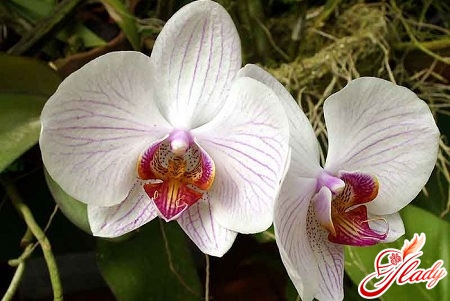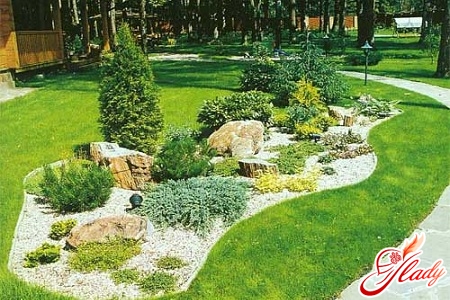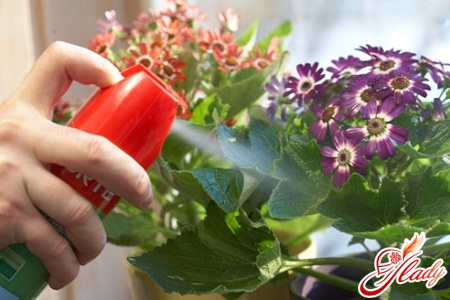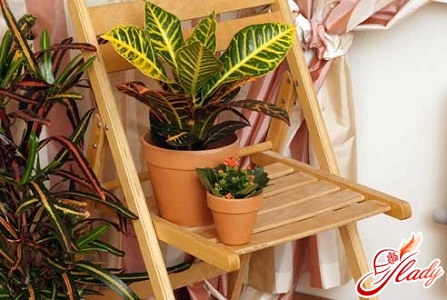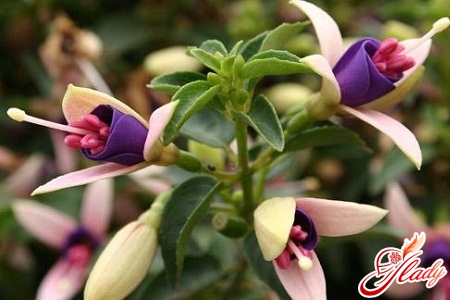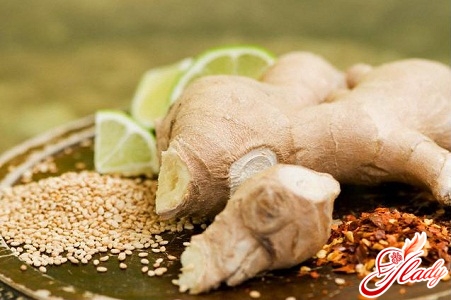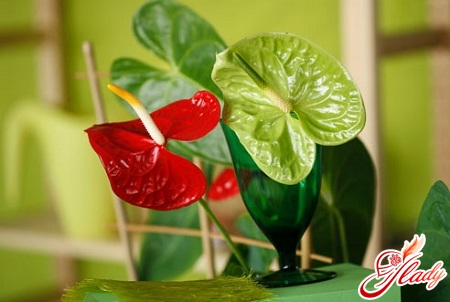 Anthurium, stunning in its beauty,which is sometimes called "flower with a tail", comes from South America. A long - almost a meter in height - plant, outwardly similar to calla lilies, has more than five hundred species that differ from each other in color, size and shape. Rigid arrows of green leaves form a bush, above which large bright flowers rise. Anthurium has one distinctive feature that distinguishes it from other plants - it spreads a pleasant, distinctive smell around the clock. It is for its exoticism and individuality that many amateur flower growers love it. But for growing at home, anthurium requires special conditions. Today we will tell you about the features of caring for this plant, and also find out why sometimes it happens that its leaves turn black, sometimes even before they have blossomed.
Anthurium, stunning in its beauty,which is sometimes called "flower with a tail", comes from South America. A long - almost a meter in height - plant, outwardly similar to calla lilies, has more than five hundred species that differ from each other in color, size and shape. Rigid arrows of green leaves form a bush, above which large bright flowers rise. Anthurium has one distinctive feature that distinguishes it from other plants - it spreads a pleasant, distinctive smell around the clock. It is for its exoticism and individuality that many amateur flower growers love it. But for growing at home, anthurium requires special conditions. Today we will tell you about the features of caring for this plant, and also find out why sometimes it happens that its leaves turn black, sometimes even before they have blossomed.
Features of care for anthurium
If you have decided to buy an anthurium or it isyou already have, then try to choose the right location for it. The plant loves partial shade or diffused light, but is afraid of drafts and direct sunlight. The flower suffers especially from lack of light in winter. The air in the room where the pot with anthurium is located should be sufficiently humid. To make the plant comfortable, its leaves should be sprayed with water twice a day; but this should be done carefully so as not to splash the inflorescences. If water gets on the inflorescence, it will quickly become covered with spots and fall off. In summer, anthurium can be watered twice a week, and in winter it will be enough to water it once every seven days. In general, it is recommended to determine the time of watering based on the condition of the soil - at the time of watering it should be slightly damp, but not wet. Since the plant belongs to epiphytes, then for active life it needs loose soil, good water - and air permeability, suitable drainage. It is very useful for the plant if you periodically carry out the following procedure: place the pot with the plant in a large container with water for a while, or you can simply place the pot on a stand filled with water. It is very important to pay attention to the soil in which the plant is planted. The following mixture is well suited as soil: humus from bark, fibrous heather soil, high-moor peat and sand. The soil temperature in the pot should be approximately the same as in the room. Therefore, anthurium should be planted not in ceramic pots, but in plastic ones. Anthurium should be fed from the first days of April to the end of September, every three weeks, and it is recommended to use organic fertilizers. This plant does not have a specific dormant period, but from about September to the end of January, the hostess can slightly reduce her attention to the green pet.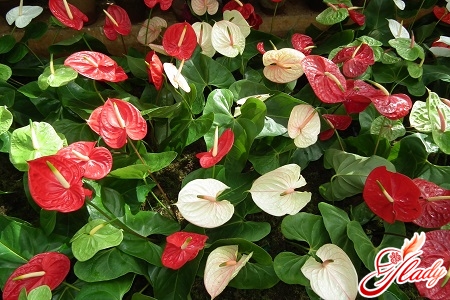
Causes of blackening of the leaves of anthurium
If the plant begins to suffer fromuncomfortable content, then one after another, it develops certain diseases. One of the common diseases has the following symptoms: the flower's leaves begin to curl and turn black. Let's try to figure out how to help it in this case.
In general, anthuriums are grateful plants;They grow well at home even with a little attention. The most important thing is to know how to properly care for the plant. And do not forget about safety precautions when working with anthurium, because its juice contains toxic substances that irritate the mucous membranes. When working with this plant, do not forget to use rubber gloves or wash your hands thoroughly with soap after contact with anthurium. And also place the pot with the plant in a safe place, away from children and animals.




